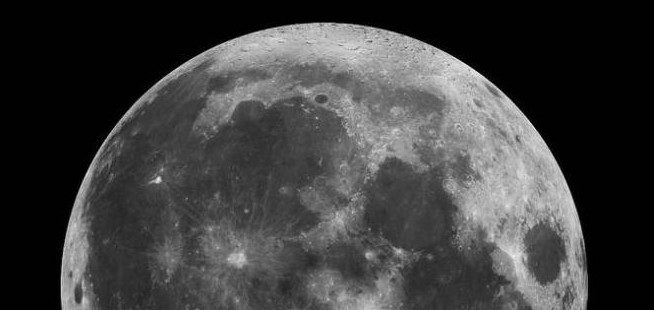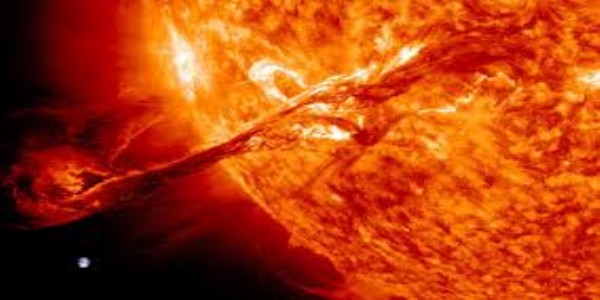Is the moon ‘Shrinking’? Here is a study by NASA
Washington, May 14: A recent release of NASA has stated that the moon is ‘shrinking’ due to continuous cooling of its interior. It has got about more than 150 feet skinnier over the last several hundred million years.

Thomas Watters, senior scientist in the Centre for Earth and Planetary Studies at the Smithsonian’s National Air and Space Museum in Washington has said that their analysis gives the first evidence that the thrust faults on the moon are still active and likely producing moonquakes today as the moon continues to gradually cool and shrink and some of these quakes can be fairly strong, around five on the Richter scale.
NASA’s Apollo missions on moon in 1970’s have recorded several moonquakes through seismometers which were placed on the moon’s surface. Apollo 12, 14, 15 and 16 missions together recorded 28 shallow moonquakes that ranged from about 2 to around 5 on the Richter Scale.
Based on these inputs, scientists analyzed that 8 of the 28 shallow quakes were within 30 kilometers of faults visible in lunar images. The following analysis found that the six of the eight quakes happened when the moon was at or near its apogee, the farthest point from earth in its orbit. This is where additional tidal stress, making slip events along these faults more likely.
‘’We think it’s very likely that these eight quakes were produced by faults slipping as stress built up when the lunar crust was compressed by global contraction and tidal forces, indicating that the Apollo seismometers recorded the shrinking moon and the moon is still tectonically active,’’ said Watters.
NASA’s Lunar Reconnaissance Orbiter Camera (LROC) has imaged over 3,500 of the fault scrapes which is the another evidence that these faults are active. Some of these images even show landslides or boulders at the bottom of relatively bright patches on the slopes of fault scraps or nearly terrain.
One of the rewised moonquake epicentres is just 13 kilometers from the Lee-Linkoln scarp traversed by the Apollo 17 astronauts. The astronauts also examined boulders and boulder tracks on the slope of north Massif near landing site. A large landslide on south Massif that covered the southern segment of the Lee-Linkoln is further evidence of possible moonquakes generated by fault slip event.





